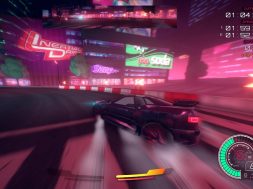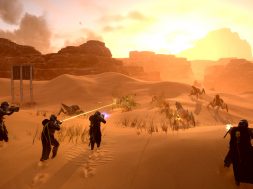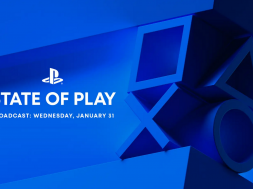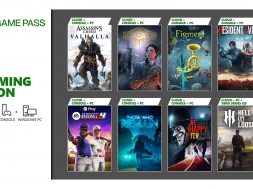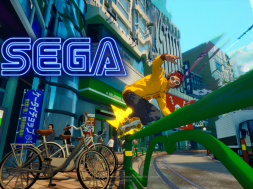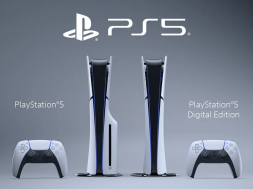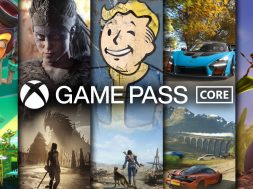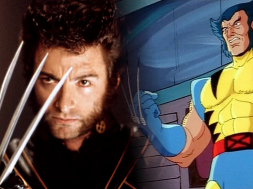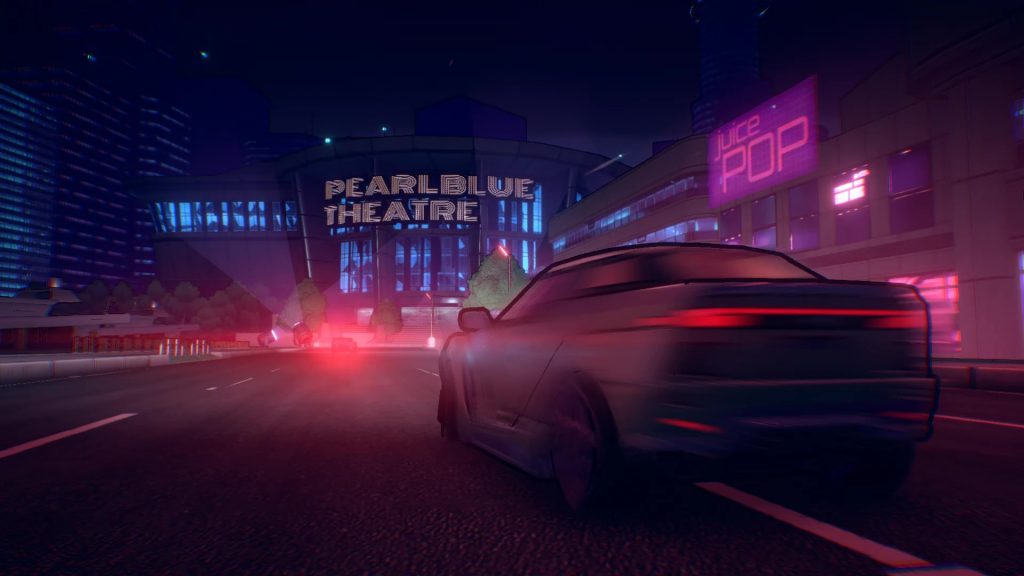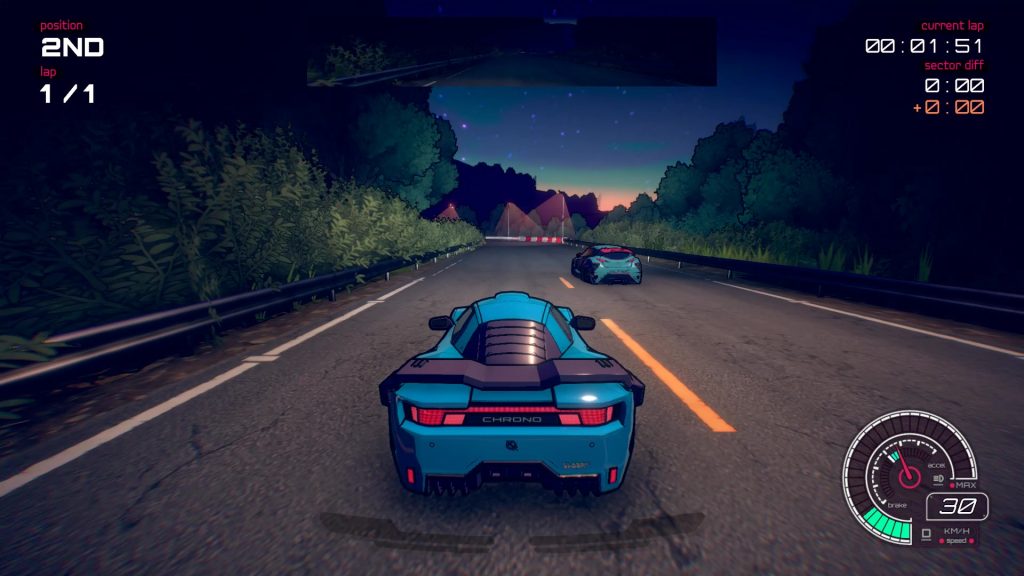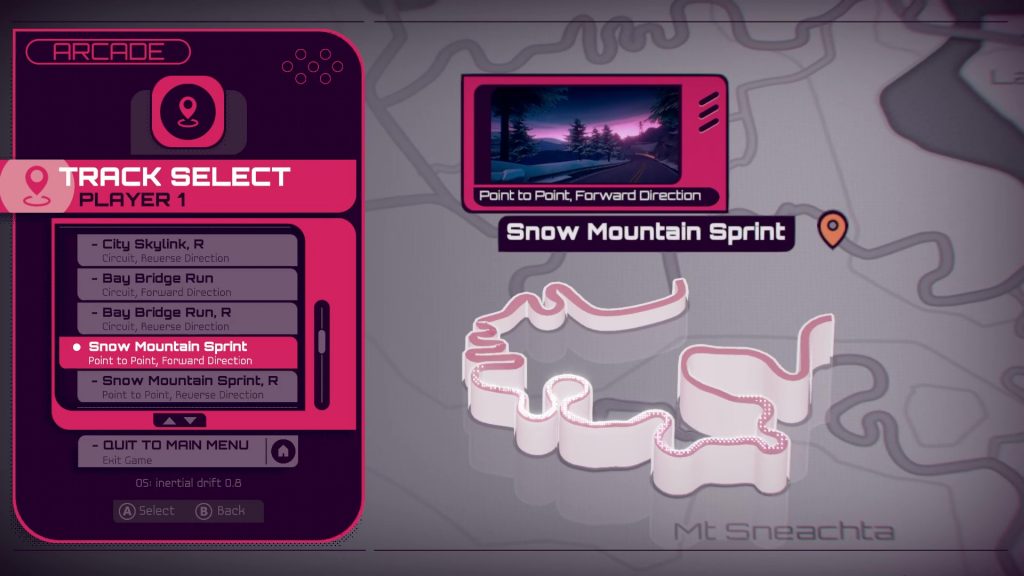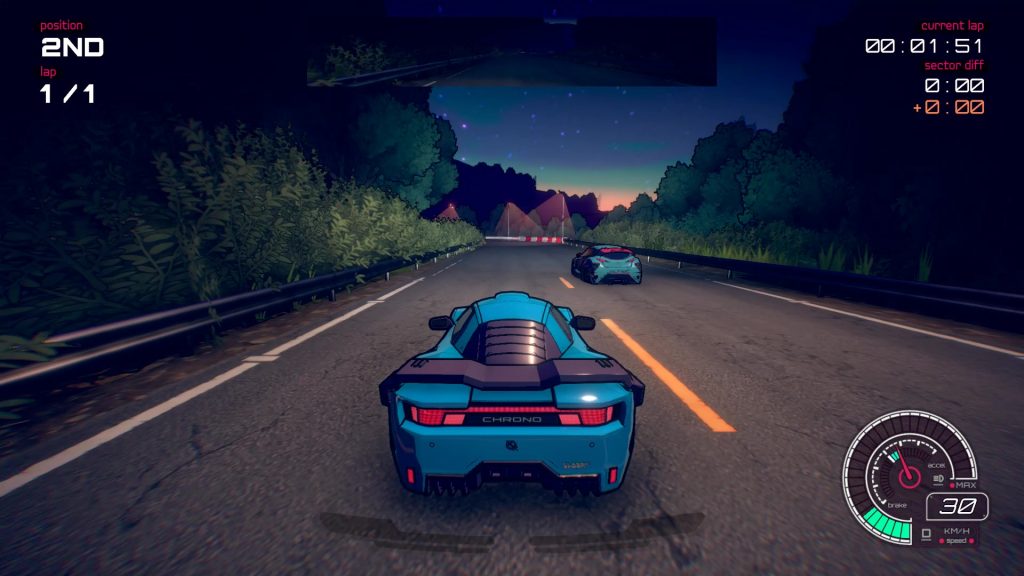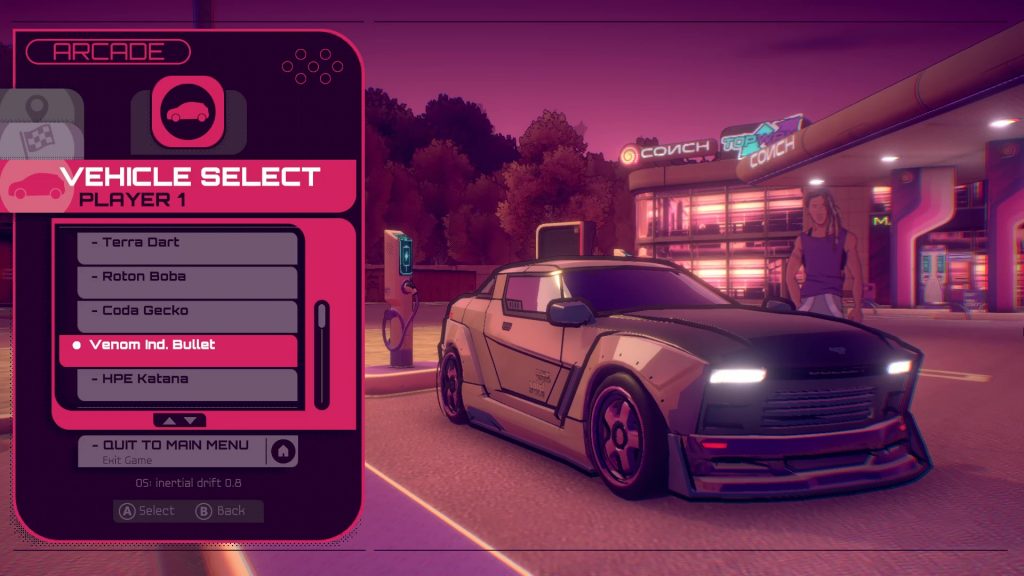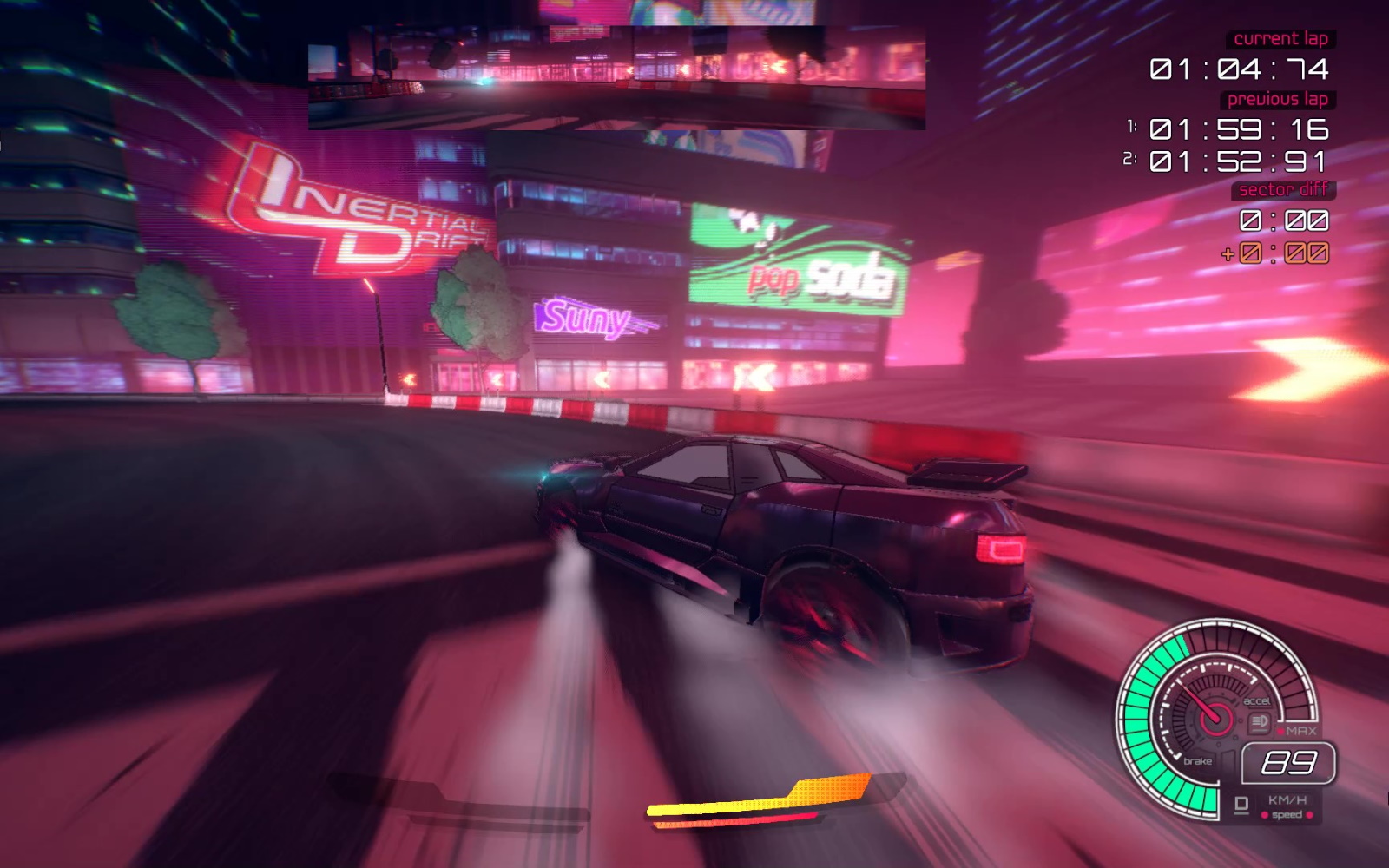
Inertial Drift – Q&A With Dev Team – Level 91 Entertainment
Inertial Drift is an upcoming racing title made by Antrim developers Level 91 Entertainment. The game is a callback to classic arcade racers of the late 80’s & 90’s, but features a slick drift mechanic, that uses a twin-stick control setup. We chatted to the indie team behind this fast-paced game. We chat about to founder and Game Programmer Michael O’Kane, with some some insight from the Art Director Tom Matthews.
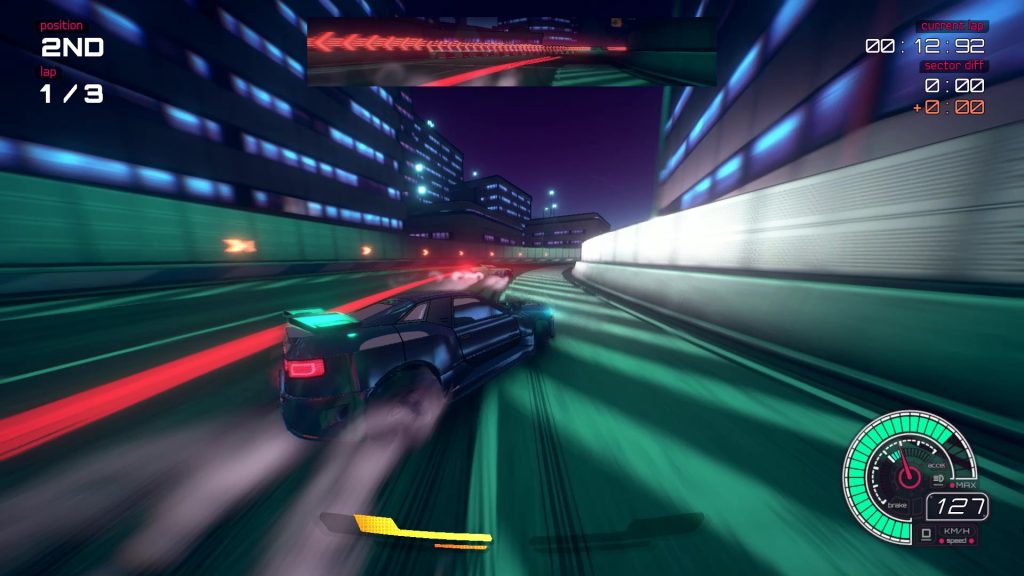
Brian: Tell me a little about yourself and how you got started in gaming?
Michael: I’ve always loved arcade racers. The first time I remember playing a games console was playing Ridge Racer (or maybe Revolution) in the house of a friend of my parents on a trip to Dublin. When I finally got a PS1 of my own it came with R4 and I played it to death. I moved on from racing games in the intervening years in favour of stealth, action and RPG titles, but I always wanted to make my own games.
I ended up doing the Game Development course at Queen’s University Belfast and after that did contracting for local companies here, while also starting to build Inertial Drift on the side. Eventually I felt confident that Inertial Drift was worth pursuing, I got some funding and started working on it basically full time. A few years later and here we are.
Brian: You’re a small indie team based in Belfast, what outlets or resources have helped craft your upcoming title, Inertial Drift?
Michael: Our core team is two people with myself (Michael O’Kane) in charge of programming and Tom Mathews in charge of art. Tom and I met during my university placement year while we were both working at the same company in Dublin. We had been doing a bunch of game jams in
Unity around this time and I wanted to start trying to build something of my own in 3D.
I started building Inertial Drift during that year and continued to build it in my spare time until Tom came on board and we started working on it full time a few years later. There is really good support for games here in Northern Ireland and NI Screen were instrumental in helping us get to this stage, both in terms of the funding support that helped us get to the point of working on the game full time as well as through mentors and assistance in attending conferences to meet publishers.
B. So what engine is used for the development of Inertial Drift?
M: We had very little experience in 3D games before making Inertial Drift so there was definitely a big learning curve to getting the handling right but I took the time to explore the options and I was pretty confident in what I had by the time we went full time on the game. From the beginning I was building Inertial Drift with a view to putting it on consoles and so I wanted to do whatever I could to make that process as easy as possible. Given that, Unity was a good choice as an engine. It was also similar to tools I was used to using already and the asset store meant we could take advantage of various 3 rd party assets to help amplify our efforts.
Even though we are using Unity, it was important to us to build certain aspects of the game from scratch to get the right feel. The physics and handling in particular are all custom in order to achieve the feel we were looking for.
As a small team though we obviously have to be smart with our resources. We use Blender to create all our 3D models and the asset store has been invaluable with assets like Rewired making it much easier to provide wide controller support, Wwise letting us support Dolby Atmos on PC and Xbox, as well as Photon which allowed us to include online multiplayer which would not have been possible otherwise.
B. Can you tell us about Inertial Drift and what was the goal of the title?
M: With Inertial Drift I really wanted to return to a lot of the design sensibilities of 90s arcade racers, but also to reexamine some of those things, update them where I felt it was needed and then also put my own twist on it to create something fresh. We’ve tried to differentiate ourselves in a few ways, but the most important place to do something different was the handling. I knew I wanted drifting and I looked at the controller and asked myself, if you forget how a car actually works, what would be the most interesting way to control a car with a controller? That’s how the
twin stick drifting mechanic came about. In addition to that the other thing that was really important to me to really make the cars different from each other. I didn’t want to just have the cars all be the same, just with slightly varied acceleration, braking and top speed values and so we put a lot of effort into giving the cars totally different driving styles to the point where they literally require you to use different inputs to drive them.
B. There are clear callbacks to classic arcade racers like Outrun, Were there any other influences and what made you choose to do an arcade racer?
M: I think the biggest influence on the game was Ridge Racer, particularly Type 4. I kind of started from a place of wanting to remake Type 4 in some ways and then over time it evolved into its own thing. The other most obvious influence is Initial D, both the arcade games and the anime. I discovered Initial D for the first time fairly early on in the project and so that ended up having quite a big impact on the direction I took certain things in both mechanically and structurally. I think it’s the most obvious influence to people looking at the game form the outside, but to me the game still takes more from Ridge Racer at its core. To a lesser degree I think there are also elements of Wangan Midnight and Auto Modellista and
we also learned plenty of lessons from modern racers we enjoyed like DriveClub and Need for Speed.
One big influence though that a lot of people might not expect was actually the Skate series. I always thought the way Skate looked at skateboarding games and totally rethought the control scheme for them was really interesting. That was part of the impetus to re-examine the controls here that lead to the twin sticks. Just that idea of more direct control or a sense of one to one motion between you and the thing you are controlling is really appealing to me and I’ve been looking for places to apply it ever since I first played the original Skate demo. There are even some elements from combat games in there like Devil May Cry or Dark Souls. I love the way those games differentiate their weapons in terms of playstyle, not just damage values and we brought those sensibilities to our handling designs for the cars.
B. Inertial Drift oozes that 80’s/neon aesthetic and sound. How did you achieve this?
M: I’ll let Tom who does all the art for the game answer this one for you:
Tom: For the aesthetic we had multiple goals. First and foremost we wanted the game to stand out against the realistic look of most modern racing games. Our game has a stylised feel and control scheme and the visuals needed to reflect that. At the same time it needed to feel modern and engaging.
We both think that a lot of 3D games of the late 90s had really great art design and we wanted to create a visual style that was an homage to this time period. For example hyper reflective car materials are a nod to classic 90s racing games while also helping the cars feel detailed and grounded in the game. The technology in the game that makes the cars drift is somewhat futuristic. Hence we settled on trying to create a retro future aesthetic.
To achieve this we looked at graphic and product design from that time period while creating the UI and designing the game world. One of the things I referenced were games consoles from this period. They tended to have really cool button designs and rounded beveled forms. We combined these shapes with dithered glowey holograms to create a sense of something familiar being seen in a new and interesting way.
This approach was also used for our car designs. One requirement for the designs was that Michael really wanted to integrate mechanical headlights as much as possible! I did my best to include pop ups where I could but for some we settled on animated LED style headlights. Pop-ups tend to make a car look sad when they are up and I wanted to avoid this most of the time. Regarding the cel shading look, the characters in our game are important and we wanted them to feel grounded next to the cars in the game world. Hence we started exploring the use of outlines and cel shading for the cars and environment.
The game takes place at night with all of the racers heading out onto the empty roads to meet up and race. This setting allowed us to use lighting and holograms as a big part of the aesthetic. If it was daytime the signs and street lamps would have far less impact. To summarise, the aesthetic is a result of Michael and I growing up in the 90s and early 00s, where tech and design were rapidly evolving and with it came distinct visual styles that left an impression on us. That and we both like glowey dithered pixels!
M: For audio we worked closely with our friends at Boom Clap Play to create both the soundtrack and sound effects. Engine sounds are obviously very important to the overall feel of the game and so we put a lot of effort into that. In the same way that our visuals are stylised we also went with stylised engine sounds. Each of them uses a real engine recording as its base but then we layer in different synth sounds and apply other effects like distortion and pitch shifts to give each of the cars its own unique engine note. We even recorded my own car to use as one of the base layers. Another key part of the audio design was the wind noise. We created a dynamic system that varies the volume of the wind based on how close you are to obstacles which not only produces nice whoosh effects when you pass lampposts but also allows you to almost hear where the walls are in a way that really roots you in the space. It sounds great with headphones. We also created a breakbeat soundtrack for the game with a different track for each location tailored to each of the game’s locations that really helps to set the tone.
B. Let’s talk about the handling. Can you explain how it works?
M: The big difference between Inertial Drift and other racing games is that in addition to standard racing game controls with throttle and brake on triggers and steering on the left stick, Inertial Drift adds an additional input on the right stick that gives you direct control over your drift angle.
Having independent control over steering drifting lets you combine those inputs for tight turns, counter steer to hold a drift, or just make small adjustments to your line mid corner. Overall, you just have far more direct control over your car than in almost any other racer, letting even new players pull off drifts that are normally very difficult to achieve in other games.
Once you get past that the core of the handling is based around the idea of manipulating the balance of the car to change its behaviour using the throttle and brakes. For the easier cars this might be something simple like lifting off the throttle to get more drift angle, but for the more difficult cars it gets more complicated and this adds a lot of depth to the handling for more experienced players to dig into.
B: Are there a difference between your cars or any advantages given to them, depending on tracks?
M: The cars in Inertial Drift are extremely different from each other, possibly more so than in any other racer. Every car in the game is designed to react differently to changes in throttle and brakes, and we use that to give each of them a completely distinct feel and personality. The differences are so dramatic that each car basically has its own unique control scheme that changes the way you need to approach corners.
You can think of each car in the game as its own little puzzle. Players will need to experiment with different approaches and adapt their driving styles to each car to discover the optimal ways to drive them. Each car is definitely going to be better on some tracks compared to others. We wanted to try and ensure that no one car was definitely the best and that they each have their own contextual advantages. Given how differently they handle people are definitely going to have one they prefer based on their driving style and I think it’s going to be quite different from person to person.
B: So there is a knack to the driving mechanics. But who will this title suit and can you see this type of control scheme being adopted by other racers in the future?
M: The game will obviously appeal to fans of the older drift focused arcade racers that we are referencing, but I’ve also been surprised by the reception of players who are normally more fans of sim racers. I think the depth to the handling can also appeal to those kinds of people.
The idea was always to make sure the game was very accessible at a base level for new players. Even my mum (who has never played a racing game in her life) can drive the easiest cars and she’ll play for hours just trying to beat her previous times. On the other end of the spectrum, some of the hardest cars are still a challenge for me to drive without mistakes even after years of playing the game so there is plenty of depth for more experienced players to get stuck into. Obviously there are also plenty of options in between those two extremes and the game is designed to show you the ropes and draw you up through the cars, from beginner to expert.
With regards to whether other games might adopt our control scheme, I’d be flattered if they did, but what I’d actually hope for is that people might be inspired to just go and explore other weird corners of the possibility space in the way we have. I think people assume that racing as a genre has been fully explored, at least in terms of handling and controls and so a lot of games feel like very slight variations on each other handling wise. I hope that we’ve proved that’s not true, that there are still weird corners of the space left to uncover. I think racing could really do with more variety as a genre right now to complement all the great sims and open world racers we already have.
B: What modes can players look forward to playing upon purchase?
M: The racing in Inertial Drift is all 1v1 but there are a few different modes available to create some variety.
Story mode can be played as one of four characters, each with their own car and is designed to get you up to speed with the games core mechanics. As you meet opponents in the story mode you unlock new events in the game’s challenge mode. Completing these challenges allows you to unlock that character’s car for use in Arcade, Online and Grand Prix. Once you have unlocked new cars you can try them out in Arcade Mode.
Arcade Mode has several event types;
- Practice, where you can race against your own ghost to improve your times
- Time Attack where you can race against the clock or opponents from the online leaderboards
- Race, a simple 1v1 race against an opponent, first one across the finish
line wins - Duel, a head to head battle with an opponent where you earn points based on how farahead of your opponent you can get
- Endurance, based on the classic checkpoint modes of old arcade games and Style, where you can forget about going fast for a while and just get your car as sideways as possible for as long as possible.
When you think you’ve mastered you’ve mastered a particular car you can take on the Grand Prix mode in it. This mode is a series of 5 hand picked events for each car designed to test your skills. You have to complete all 5 to prove you’ve mastered the car, but you only get 3 shots, fail more than that and you’ll have to start over from the beginning.
Finally there is Online Mode where you can go head to head battling other racers from around the world.
B: So what can we expect from the story mode?
M: The game’s story mode follows 4 friends practicing their driving in their new cars in preparation for a local Grand Prix event. It’s a simple narrative designed to introduce you to the game’s main concepts and skill you up from the easiest cars to the hardest ones so it’s a great place to start. Each of the characters has their own story and their own car complete with a distinct handling setup to match their personality so you’ll want to play through as each of them.
B: How does multiplayer work and is there local co-op?
M: There are a few ways to play multiplayer. If you want to play online then you just choose your class, get matched against an opponent and then you can take turns choosing what tracks to race on.
If you’d rather play with a friend in person then the entire Arcade mode is playable in splitscreen as well. If you’d rather play without waiting for someone else to get online then you can always hit the track in arcade mode’s time attack and race against the ghosts of other players to claw your way up the leaderboard.
B: Will there be post-launch content or are there any additional online modes planned?
M: We don’t have any plans for post launch content currently but it’s possible if the game does well enough and there is a demand for it.
We’d like to thank Michael and Tom from Level 91 Entertainment for taking to take the time out to chat with us.
Release Info
Inertial Drift is out from 11th September 2020 and will be available on PS4, Nintendo Switch & Steam. Coming soon to Xbox One.
